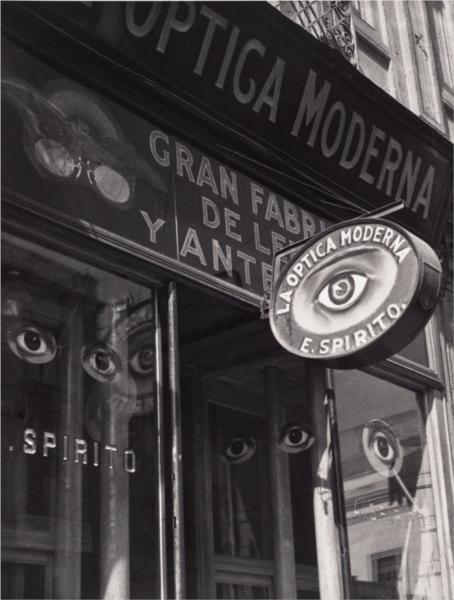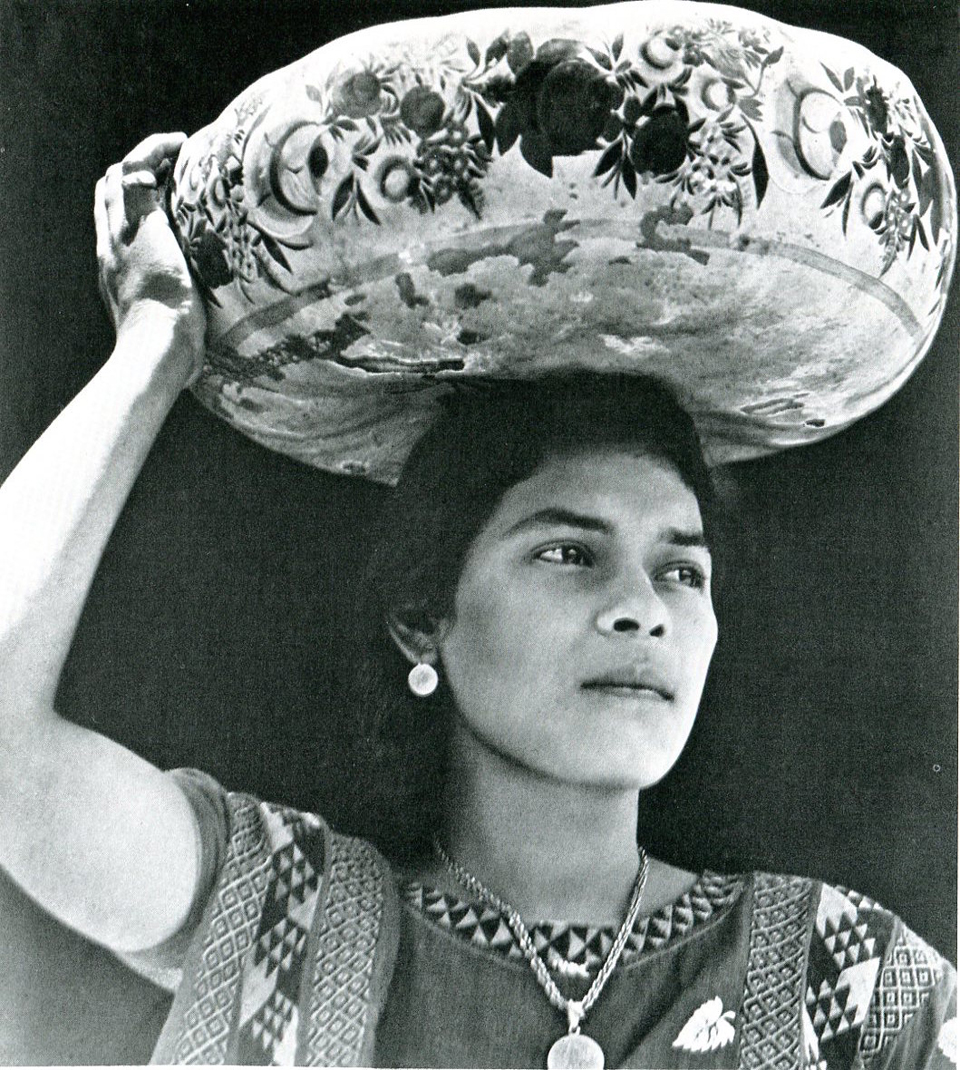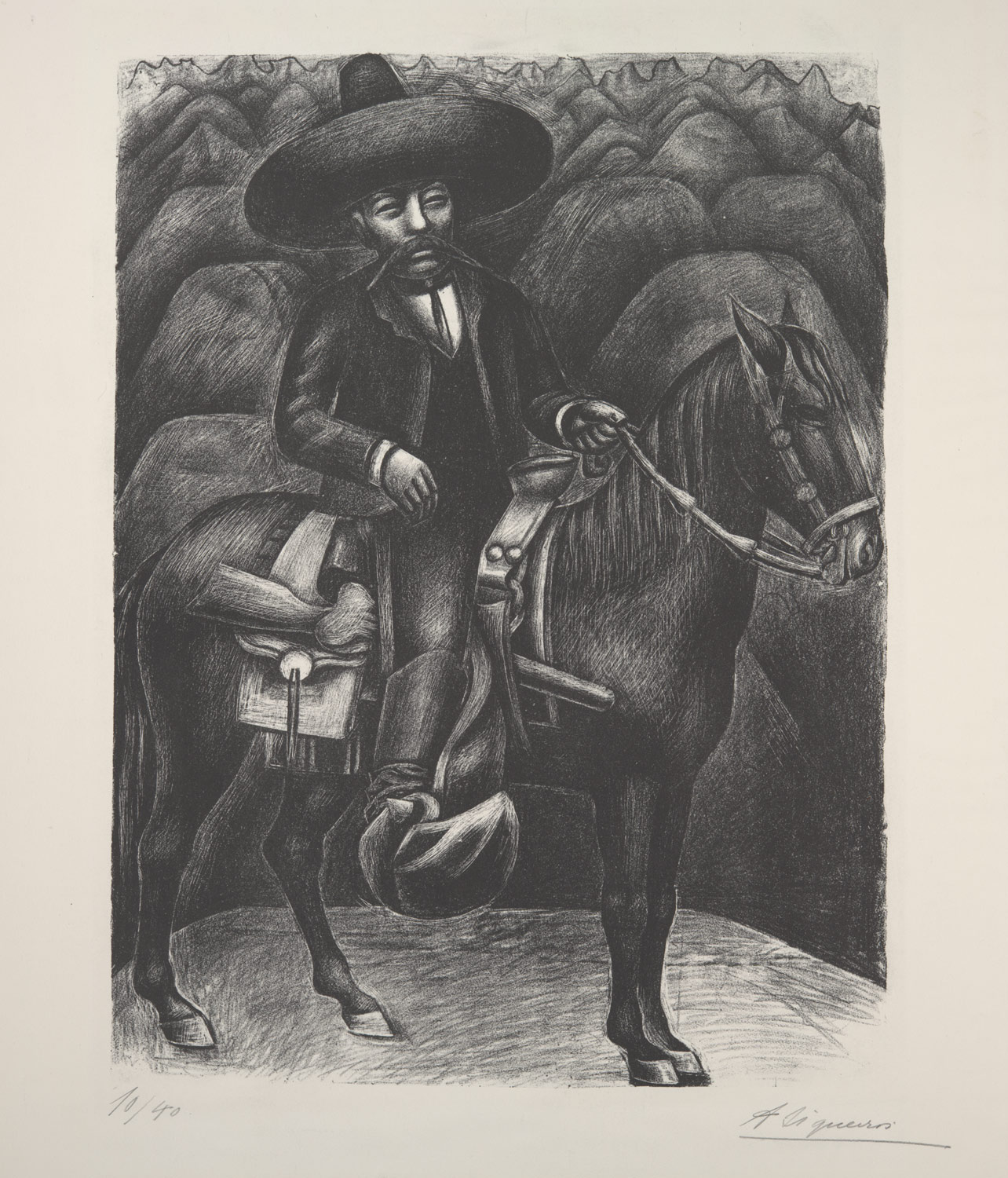The Philadelphia Museum of Art, in partnership with the Museo del Palacio de Bellas Artes in Mexico City, will present a landmark exhibition that takes a new and long overdue look at an extraordinary moment in the history of Mexican art. Paint the Revolution: Mexican Modernism, 1910-1950 will explore the rich and fascinating story of a period of remarkable change. It will be the most comprehensive exhibition of Mexican modernism to be seen in the United States in more than seven decades and will feature an extraordinary range of images, from portable murals and large and small paintings to prints and photographs, books and broadsheets. In this country, Paint the Revolution, will be seen only in Philadelphia before traveling to Mexico City in 2017.
Timothy Rub, The George D. Widener Director and CEO, Philadelphia Museum of Art, stated: “The contributions of Mexico during this period are central to the development of modern art, and yet its achievements have been largely understood through the work of a small group of great talents, among them Diego Rivera, José Clemente Orozco, and David Alfaro Siqueiros, along with Frida Kahlo and Rufino Tamayo. In this exhibition, visitors will be introduced to these artists through the presentation of many of their finest works, but also, and more importantly, to the broader panorama of Mexican art during this period and the historical context in which the visual arts played an enormously important role. We are especially grateful for our partnership with the Museo del Palacio de Bellas Artes, without which it would not be possible to have organized an exhibition of such depth.”
Miguel Fernández Félix, Director of the Museo del Palacio de Bellas Artes, stated: “The exhibition will present this fascinating story in unprecedented detail and will benefit from the work of a young generation of scholars who have broken new ground in their research. Together with the Philadelphia Museum of Art, which has long been dedicated to the acquisition and display of modern Mexican art, we are pleased to expand the public’s understanding of this important era, including its broader connections to both Europe and the United States. Visitors will witness a spectacular range of work by artists who are well known in Mexico but who will become fresh discoveries for most Americans.”
Paint the Revolution spans four momentous decades. It will begin by surveying modern art in Mexico City during the revolutionary decade of the 1910s, clearly demonstrating that while many artists engaged with international avant-garde styles, such as Impressionism, Symbolism, and Cubism, they also infused their work with facets of ancient and modern Mexican culture. The exhibition will also explore the artistic experimentation and social idealism of the early post-Revolutionary period, when painters rallied to support the government’s program of national reconstruction and there was growing international recognition of Mexico’s cultural importance. It will also consider the principal avant-garde groups—such as the Stridentists and the Contemporaries—active in Mexico City during this period who pursued alternative directions in post-revolutionary culture, turning away from folkloric and historical subjects and focusing on themes of modern urban life.
In the 1920s and 1930s the development of a vibrant support network and a robust market for modern art in the United States drew Mexican artists northward. The exhibition will follow a number of Mexican painters during their American sojourns, highlighting images with both Mexican and U.S. themes, and focusing on works that dramatized the encounter between south and north, between Hispano- and Anglo-America. Paint the Revolution will conclude with the renewal of socially and politically oriented art in Mexico from the mid-1930s through the aftermath of the Second World War.
The exhibition takes its title from an essay called "Paint the Revolution" by the American novelist John Dos Passos who traveled to Mexico City in 1926-27 and witnessed the murals created by Diego Rivera that celebrate the ideals of the Mexican Revolution. In order to represent Mexican muralism and share with visitors masterpieces by Rivera, Orozco, and Siqueiros, the exhibition will present in digital form three important murals created by these three artists—often called los tres grandes (the three great ones)—in Mexico and the United States.
Publication
Paint the Revolution will be accompanied by an exhibition catalogue, published in English and Spanish editions, which offers a comprehensive treatment of Mexican art during four decades that transformed the country’s cultural life and marked its emergence as a widely watched center for modern art. Published jointly by the Philadelphia Museum of Art and the Museo del Palacio de Bellas Artes (with the English version distributed by Yale University Press), this richly illustrated publication will present full-color reproductions of the works in the exhibition as well as fourteen essays that contain a wealth of new research, by Mexican and U.S. scholars, on mural and easel painting, printmaking, photography, film, and architecture; diverse artists’ groups; and the involvement of the Mexican state in culture during this rich period. It promises to become the text of record for this subject.
Mexican Art at the Philadelphia Museum of Art
The Museum’s rich collections of Mexican art have served as the inspiration for Paint the Revolution, the largest examination of modern Mexican art to be hosted in the United States since Mexican Art Today, the ground-breaking exhibition organized by the Philadelphia Museum of Art in 1943.The Museum’s holdings in this field are among the most important in the United States. They range from pre-Columbian sculptures to colonial-era paintings and ceramics and to such twentieth-century masterpieces as Self-Portrait with Popocatépetl (1928) by Dr. Atl, Three Nudes (1930) by Julio Castellanos, Bicycle Race (1938) by Antonio Ruiz, War (1939) by David Alfaro Siqueiros, The Mad Dog (1943) by Rufino Tamayo, and two portable frescoes – Liberation of the Peon and Sugar Cane (both from 1931) – by Diego Rivera. The Museum also houses a significant number of works on paper from this period, including drawings and photographs as well as an extensive collection of prints, many of which were featured in the 2006 exhibition Mexico and Modern Printmaking: A Revolution in the Graphic Arts, 1920 to 1950.
Also see: http://www.realclearlife.com/2016/08/22/diego-rivera-frida-kahlo-among-masters-of-mexican-modernism-to-be-displayed-in-philadelphia/
Optic Parable, 1931, by
Manuel Álvarez Bravo (Philadelphia Museum of Art: 125th Anniversary
Acquisition. The Lynne and Harold Honickman Gift of the Julien Levy
Collection, 2001-62-35)
© Colette Urbajte/Asosciacion Manuel Alvarez Bravo.
© Colette Urbajte/Asosciacion Manuel Alvarez Bravo.
Homage to the Indian Race, 1952, by Rufino Tamayo (Acervo CONACULTA–INBA, Museo de Arte Moderno)















